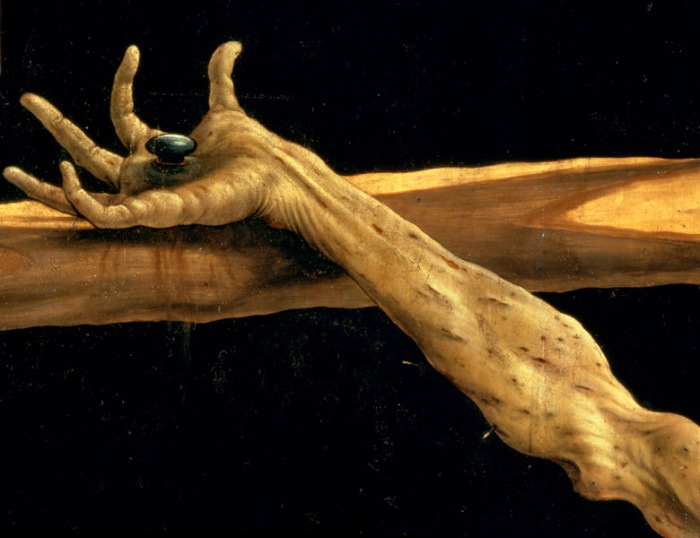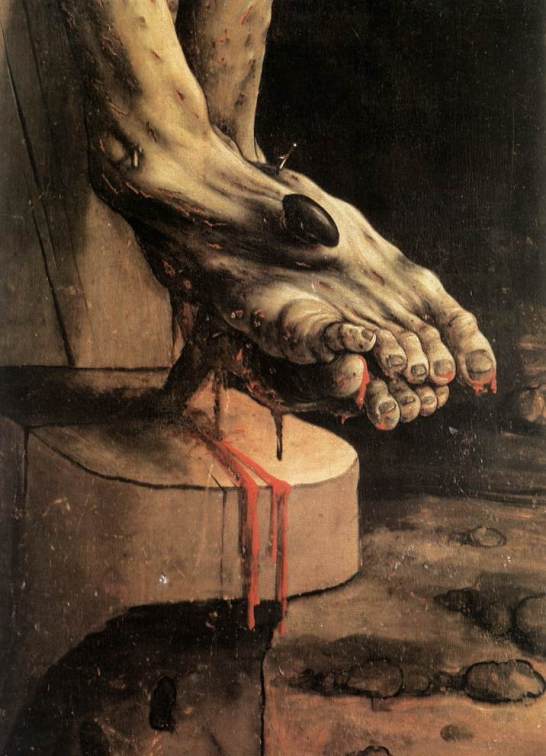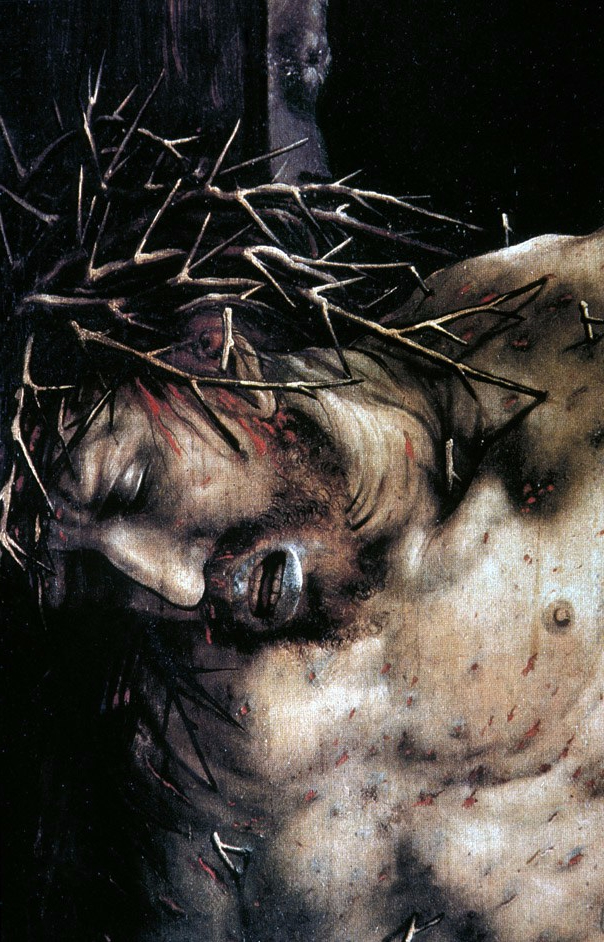
So much turmoil is coursing through the soul of the nation.
Since the events that took place in Ferguson, MO, I have been at pains to find out what the Church’s response should be. Not only in response to what happened as a result of Michael Brown’s death, but to the explosion of racial tension, acrimony, and indignation. I can say, likely to the displeasure of many, that I have never thought the answer lay solely in the SJW campaigns, though I think activism and civil disobedience are effective and necessary. Regardless, I kept feeling there was something more to be done, specifically, by the Church.
Though I felt discontent with activism, that is certainly an aspect of it. I remember seeing images of Archbishop Iakovos of the Greek Orthodox Church marching and standing with Martin Luther King Jr. Those images moved me when I first saw them, and I knew the Bishop was doing justly (see Micah 6:8). We have known for centuries that God has called his people to act on behalf of the oppressed. I am tempted to dive into this matter more, and it really does need to be addressed, but this post is not the place for me to do that. Suffice it to say, we belong in the protests, and we need to stand against injustice, always.
But, there is more.

As the news of the White Supremacist protest began cluttering my Facebook feed, the familiar gnawing dread turned my stomach. I watched those men march down the street chanting “Blood and soil!” This phrase, a translation of the German, “Blut und bloden,” was used by Nazi leaders as it rose to power in Germany. It signifies the desire for a pure-blooded race of people (Aryan) and their rule (domination) of the land that feeds them. And though it should not be surprising by now that people with these ideologies still exist, I was surprised. My sentiments echoed those of so many, “We fought a damn war over this!”
The next morning, I followed the events as closely as I could, and was horrified when I found out someone had driven their car at 40 miles an hour into the crowd. Later, I saw the pictures of people being tossed into the air by the car. Later, I heard Heather Heyer, though I didn’t know her name at the time, had been killed.
My stomach dropped, and I felt a deep emptiness in my heart. It hasn’t gone away.
I kept asking the Holy Spirit, “What do we do? Where are we supposed to be? Where would Jesus be?” The answer seemed clear enough.
The Church belonged in front of that car.
Jesus came to the earth to bear the sins of humanity. Those sins were laid on him violently, brutally, and lead to his death. His stated purpose was to “set the oppressed free (see Luke 4).” He would confront the authority figures over and over again, condemning the way they oppressed the poor, and the way they treated minority groups. There is no room in his kingdom for this kind of ideology and behavior. And yet, his greatest activism were not found in his polemics against the Pharisees and Romans, it wasn’t even when he cleansed the Temple. His greatest form of activism was in the act of giving himself into the hands of the Pharisees and Romans so they could kill him.
A phrase has been running through my mind since August 12.
For the life of the world.
Jesus died for the life of the world. Jesus was nailed to a cross for the life of the world. Jesus had twisted branches full of thorns forced onto his head for the life of the world. Jesus was beaten, chunks of flesh literally being torn from his body, for the life of the world. Jesus was punched in the face for the life of the world. Jesus was spit on for the life of the world. Jesus bled in intensity of prayer for the life of the world.
“The bread that I will give for the life of the world is my flesh (John 6:51).”
This is where Jesus has called his Church. This is what he meant when he told James and John they would be baptized with his baptism, and drink his cup. This is what he meant, after his resurrection, when he told Peter, “When you are old, you will stretch out your hands, and another will dress you and carry you where you do not want to go. Follow me.” This is what he meant when he told us to turn the other cheek. This is what Paul meant when he said he was filling up in his own body “what is lacking in Christ’s afflictions (Colossians 1:24).” He has not called us to retaliation, but to sacrifice, the same sacrifice he gave, his own body. His own self.
The bravery needed to act in this way is far greater than the bravery and strength needed for retaliation and revenge. Who can love like Jesus did? Yet, that is the life which he called us to live. To love like he loved. To lay down our lives for the wicked and the good. To give our flesh for the life of the world.
Where does the Church belong?
We belong in the middle, between the fomenting rage of injustice, taking and absorbing the wrath of humanity. We belong in the crossfire. We belong in front of the car. I’m well aware this doesn’t make sense. How will this fix anything? Maybe it won’t. I don’t think that’s really the point. But Jesus did it, and he reversed Adam’s curse. Maybe, just maybe, if we acted like Jesus, we could reverse the curse of racism in our nation. The prospect is terrifying. I’m terrified. But this calls for the “leap of faith” Kierkegaard urged us to so vociferously. To jump in blind, willing to give everything, knowing that on this side of death we will receive a blessing from God.
Can we tarry with him?

Yes, Joshua, He called us to follow Him. It’s the only way. I may die, but He will win and many who are lost will be saved. Thank you for posting this important post.
LikeLike
Thank you, Susan.
LikeLike
Wow. Well said. I got chills as I read this too. As always, thank you for sharing your thoughts.
LikeLike
Thanks, Sarah!
LikeLike
Woh. Joshua, I got chills. I’m actually right with you. When you wrote we should “The church belonged in front of the car.” It’s just plain true. I feel the Holy Spirit confirming it. We are here to stand in the gap. To take the beaten and still have grace when others can’t, don’t know how. “taking and absorbing the wrath of humanity” This is it. Jesus was strong to experience suffering without being marred and broken by it. His spirit remained alive and loved in the heart of God. We can stand like others can’t when we are moved by the power of the Holy Spirit in us.
LikeLike
beating*
LikeLike
Thanks, Jenee. I keep asking the Holy Spirit for grace for when this moment arrives on my streets.
LikeLike